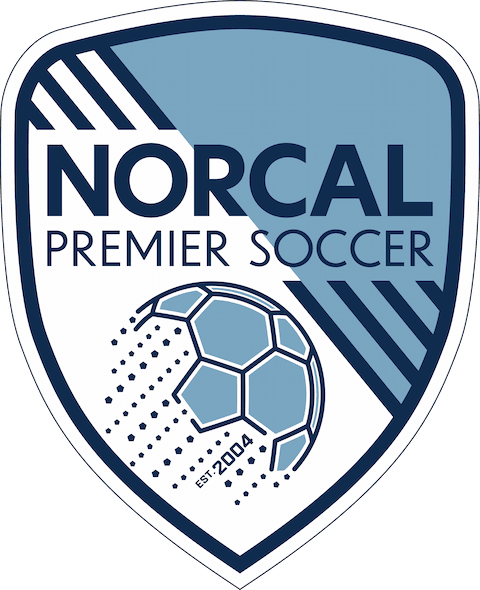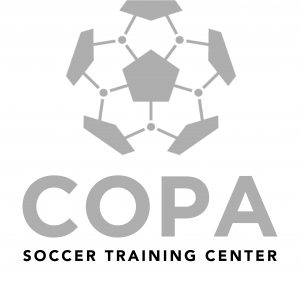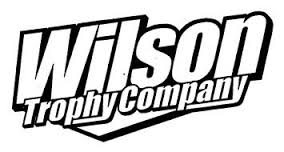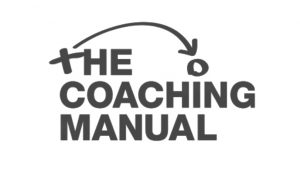Q&A: SF Elite Academy’s Tom Atencio

Note: NorCal Premier Soccer regularly sits down with an influential figure in the youth soccer landscape to pick their brain about a variety of different topics that are relevant in the current soccer environment in the United States. For this edition we spoke with SF Elite Academy Director of Player Development and Girls Academy Director Tom Atencio. A native of Southern California, Atencio played college soccer for Cal State Fullerton before suiting up for the California Kickers and Los Angeles Heat in the American Professional Soccer League. Following his playing career, Atencio moved into coaching where he quickly received a USSF “A” License and headed various projects all across the West Coast in both coaching and director roles while working with the U.S. Soccer youth national teams. He is former ten year US Club Soccer board member and earlier this year released his first book, “Anatomy of a Winning Culture: A Handbook to Help Directors Build a Pathway to High-Performance, Well-Structured Teams,” which can be found here. Or reach Atencio about his book at winningculture21@gmail.com
NorCal Premier Soccer: How did you fall in love with soccer?
Tom Atencio: It’s pretty simple, it was the No. 1 sport in Claremont, California, the city I grew up in. There are three things that are very important in Claremont: Academia, family, and a strong love for soccer. Every day at lunch and recess my friends and I would play at Oakmont Elementary School. There were well-formed leagues and we had good coaching, so I kind of fell into the sport at the right time. I was fortunate to have great mentors on and off the field.
NorCal: What was the youth soccer landscape like then compared to now?
Atencio: It was very selective. SoCal was definitely a hotbed for soccer in the US. In general there were four areas of Southern California that produced excellent players and teams: the Inland Empire, which is where I’m from, San Diego, Orange County, and a suburb of LA called Torrence. Obviously now it’s changed, soccer is now everywhere, but at that time those were the key pockets.
NorCal: What lessons or values that you learned from your playing career are you able to now pass onto the kids you coach?
Atencio: Early on it was about my ability to demonstrate to youth players, and create a learning environment. I received an USSF “A” License at a young age. I was seen as ‘an up and coming young coach’ because I had a good reputation as a player. Fortunately I was around good people growing up; people like Derek Armstrong, who helped found US Club Soccer, Al MIstri Cal State University Fullerton, and Steve Sampson US National Team and Santa Clara University. These influences were key people who were ahead of their time and aided me in the learning process. This has influenced me and the process in which I pass along knowledge to youth players. Also my executive director and coaching career has spanned from SoCal to the Northwest and back into Northern California.
NorCal: How did you end up in Northern California?
Atencio: I spent 15 years at a club in Portland Oregon and having grown up in California, I wanted to get back – I’d spent a significant amount of time away from family and I enjoyed my time reconnecting with family specifically with my nieces and nephews. I took a nine-month sabbatical when I returned from Oregon; I looked at three different clubs and wanted to go land in an environment where I knew motivated people that were involved in the game for the right reasons. I looked into one SoCal club and two NorCal clubs. Fortunately I knew a lot of people involved with SF Elite Academy. I specifically wanted to increase the level of play in a world class city like San Francisco, so I accepted the position as a challenge. It’s been terrific testing theory and implementing gradual change!
NorCal: So how did you help raise the level of play in San Francisco then?
Atencio: When I came to San Francisco I took a look for the first year. I went to our training sessions, our games, and looked at the landscape in general around the Bay Area. Firstly the youth soccer year long calendar in San Francisco needed to be longer, players needed to train more. There also needed to be more structure in training with a logical end goal. The other question I had was, “why are so many kids leaving San Francisco to play for clubs with lengthy commute times?” The quality and accountability for all involved needed to improve, San Francisco has many positives and those positives should carry into soccer as well.
I don’t know how many technical reports I wrote regarding all aspects of soccer — I had many conversations with directors, coaches, players, parents and board members to share vision and form culture. My previous experience in the Northwest allowed me to create a trial and error environment to maximize player development in a small population market. The use of vertical integration cut the development time in half in comparison to the duration in Oregon. Vertical integration is using club resources to expand the education umbrella. For example: experienced managers educate new managers and experienced coaches educate new coaches, experienced players educate new or young players, and directors educate coaches with potential director candidates. The Director of Coaching and Player Development oversees this process and sets the pathway to the desired vision. It’s just exploded!
NorCal: Is this the kind of thing that your book covers then?
Atencio: My book is more of a how-to than a novel. It’s a necessary resource in the American youth sports market. Being on the US Club board for years, afforded me access to clubs across the country; I recognized the need for a day to day, month to month pathway to a successful youth soccer year in the American game. The book separates its quality by providing specific details.
NorCal: Why did you write it?
Atencio: I have discussed various topics with many people, I have consulted, done a bunch of things in my career in regards to topics that are in the book. I had been approached by many friends in the business encouraging me to write a book specific to my experience as a director. I do think the American youth soccer culture needs a book like this. The book is an accumulation of documents from the past 20 years. I wordsmithed the docs and hired a consultant, Michelle Hill, who provided me with the framework of how to complete the project step-by-step.
NorCal: Anything else you’d like to add?
Atencio: I feel the book is an opportunity for me to share my experience. It goes all the way back to my first coaching assignments in SoCal at age 18. At all my stops championships have been won but it’s never been the emphasis but more of by product of a focussed structure and appreciation of the player development pathway. Relative goal setting is normal in sport, but we as leaders spend most of our time with the players enjoying the daily process of the day-to-day development. Success and improvement is relative to age and gender. Improvement of each individual/team are the passions of why we teach youth. The gist of the book is understanding the process of success on all levels. Anatomy Of A Winning Culture is philosophical, provides leadership and demonstrates success on the field and off the field. Readers of the book will find that it is applicable to all sports and professions. Enjoy!












